-
 bitcoin
bitcoin $123963.239194 USD
1.37% -
 ethereum
ethereum $4529.082464 USD
1.07% -
 xrp
xrp $2.983640 USD
0.71% -
 tether
tether $1.000287 USD
0.02% -
 bnb
bnb $1179.874393 USD
2.99% -
 solana
solana $230.633678 USD
1.55% -
 usd-coin
usd-coin $0.999835 USD
0.03% -
 dogecoin
dogecoin $0.254240 USD
1.34% -
 tron
tron $0.341176 USD
0.15% -
 cardano
cardano $0.842285 USD
0.52% -
 hyperliquid
hyperliquid $48.537896 USD
-0.86% -
 chainlink
chainlink $21.863092 USD
-0.84% -
 ethena-usde
ethena-usde $0.999743 USD
-0.07% -
 sui
sui $3.579561 USD
-0.18% -
 stellar
stellar $0.403418 USD
2.67%
What does a sudden narrowing of the Bollinger Bands indicate? Is it a sign of a breakout?
A narrowing of Bollinger Bands signals decreasing volatility in crypto markets, often preceding a sharp breakout—though direction requires confirmation via volume and price action.
Sep 21, 2025 at 01:36 pm
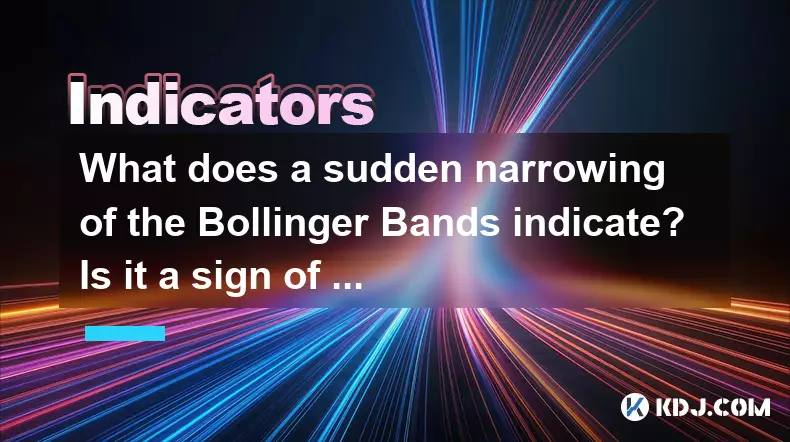
Understanding Bollinger Bands in Crypto Trading
Bollinger Bands are a widely used technical analysis tool in the cryptocurrency market. They consist of three lines: a simple moving average (SMA) in the middle, and two outer bands that represent standard deviations from the SMA. These bands expand and contract based on market volatility. When volatility increases, the bands widen; when it decreases, they narrow.
The design allows traders to gauge price volatility and identify potential reversal or continuation points. In the fast-moving world of crypto, where prices can swing dramatically within minutes, understanding these patterns becomes crucial for timing entries and exits.
What a Sudden Narrowing Signifies
1. A sudden narrowing of the Bollinger Bands typically indicates decreasing volatility in the market.This contraction suggests that price movements have become range-bound, with minimal deviation from the mean. During such periods, trading activity often slows down, and market participants may be waiting for new information or catalysts.
2. Low volatility phases are often followed by sharp price moves.
In the context of cryptocurrencies, this can mean that a buildup is occurring before a significant directional move. The coiling effect created by tightening bands reflects suppressed energy in the market, which can erupt once a breakout occurs.
3. The squeeze pattern is commonly associated with narrowing bands.
Traders look for this 'Bollinger Band squeeze' as a potential precursor to high-momentum moves. It does not predict direction but signals that a strong move is likely imminent, especially if accompanied by increasing volume.
4. False breakouts can occur after a narrow band phase.
Not every contraction leads to a sustained breakout. Some moves fizzle out quickly, trapping traders who entered positions expecting follow-through. Confirmation through candlestick patterns or volume spikes helps reduce false signals.
5. Market sentiment plays a role during low-volatility periods.
While the bands reflect price behavior, underlying factors like regulatory news, macroeconomic data, or whale wallet movements can influence whether the eventual breakout is bullish or bearish. Ignoring fundamentals during tight band phases can lead to misjudged trades.
Interpreting Breakout Signals Correctly
Many traders assume that a narrowing of the bands automatically means a breakout is about to happen. While statistically there is a correlation between low volatility and subsequent high volatility, timing remains uncertain.
1. A breakout is confirmed only when price closes outside the upper or lower band with strong volume.Until that point, the market may simply continue consolidating. Waiting for confirmation reduces premature entries.
2. Directional bias should be established using additional tools.
Moving averages, RSI divergences, or support/resistance levels help determine whether the breakout is more likely to be upward or downward. Relying solely on Bollinger Bands increases risk.
3. Timeframe matters significantly.
A band contraction on a 15-minute chart may lead to a short-term spike, while one on a daily chart could signal a major trend shift. Aligning the analysis with your trading strategy’s timeframe improves accuracy.
4. Not all breakouts result in trends.
Sometimes, price breaks out but quickly re-enters the band range. These 'fakeouts' are common in illiquid altcoins where large orders can temporarily distort prices.
5. Historical context enhances interpretation.
Examining how an asset reacted after previous squeezes provides insight into its behavioral tendencies. Bitcoin, for example, often experiences explosive rallies post-squeeze, whereas smaller caps may see exaggerated but short-lived moves.
Common Questions About Bollinger Band Squeezes
Q: Can Bollinger Band narrowing predict the direction of the next move?A: No, the narrowing itself does not indicate direction. It only signals reduced volatility and the potential for a strong move. Traders must use other indicators or price action analysis to assess likely direction.
Q: How long can a Bollinger Band squeeze last before a breakout happens?A: There is no fixed duration. Some squeezes resolve within hours, especially on lower timeframes, while others persist for days on higher charts. The longer the squeeze, the greater the potential energy release—though this isn't guaranteed.
Q: Should I place a trade as soon as the bands start narrowing?A: It's generally advised against entering a position solely based on narrowing bands. Instead, wait for a confirmed breakout with volume and momentum. Premature entries increase exposure to false signals.
Q: Are Bollinger Band squeezes more reliable in certain cryptocurrencies?A: They tend to be more reliable in high-liquidity assets like Bitcoin and Ethereum due to deeper markets and less manipulation. In low-cap tokens, price distortions can create misleading squeeze patterns.
Disclaimer:info@kdj.com
The information provided is not trading advice. kdj.com does not assume any responsibility for any investments made based on the information provided in this article. Cryptocurrencies are highly volatile and it is highly recommended that you invest with caution after thorough research!
If you believe that the content used on this website infringes your copyright, please contact us immediately (info@kdj.com) and we will delete it promptly.
- BlockDAG, DOGE, HYPE Sponsorship: Crypto Trends Shaping 2025
- 2025-10-01 00:25:13
- Deutsche Börse and Circle: A StableCoin Adoption Powerhouse in Europe
- 2025-10-01 00:25:13
- BlockDAG's Presale Buzz: Is It the Crypto to Watch in October 2025?
- 2025-10-01 00:30:13
- Bitcoin, Crypto, and IQ: When Genius Meets Digital Gold?
- 2025-10-01 00:30:13
- Stablecoins, American Innovation, and Wallet Tokens: The Next Frontier
- 2025-10-01 00:35:12
- NBU, Coins, and Crypto in Ukraine: A New Yorker's Take
- 2025-10-01 00:45:14
Related knowledge
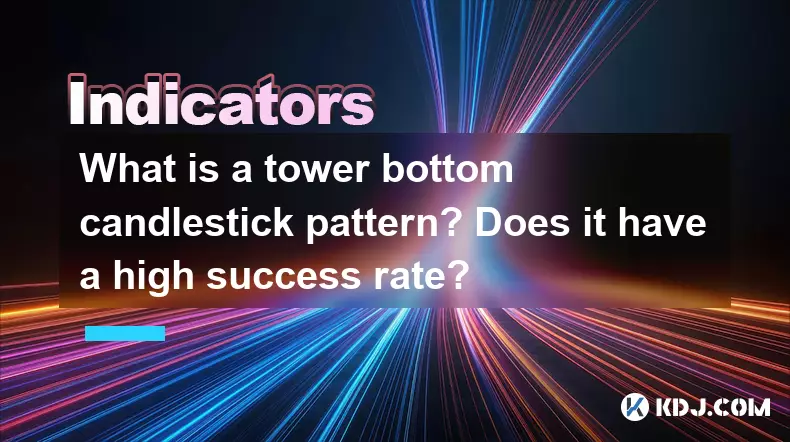
What is a tower bottom candlestick pattern? Does it have a high success rate?
Sep 22,2025 at 07:18am
Tower Bottom Candlestick Pattern Explained1. The tower bottom candlestick pattern is a reversal formation that typically appears at the end of a downt...
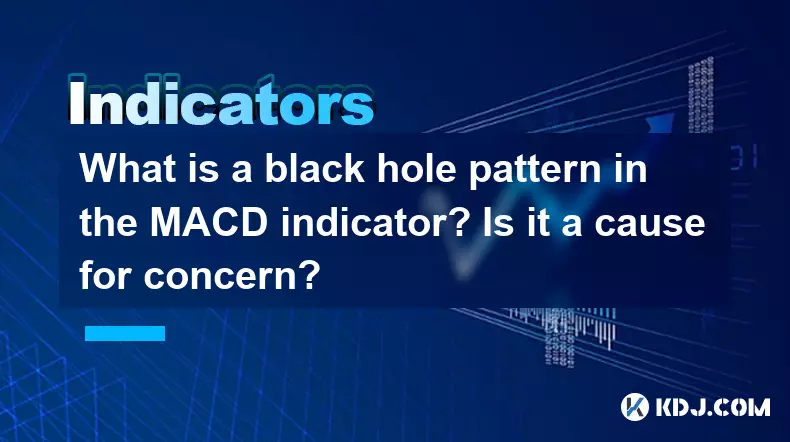
What is a black hole pattern in the MACD indicator? Is it a cause for concern?
Sep 21,2025 at 06:54pm
Bitcoin's Role in Decentralized Finance1. Bitcoin remains the cornerstone of decentralized finance, serving as a benchmark for value and security acro...

How can I use the psychological line (PSY) to determine market sentiment?
Sep 17,2025 at 02:19pm
Understanding the Psychological Line (PSY) in Cryptocurrency TradingThe Psychological Line, commonly referred to as PSY, is a momentum oscillator used...
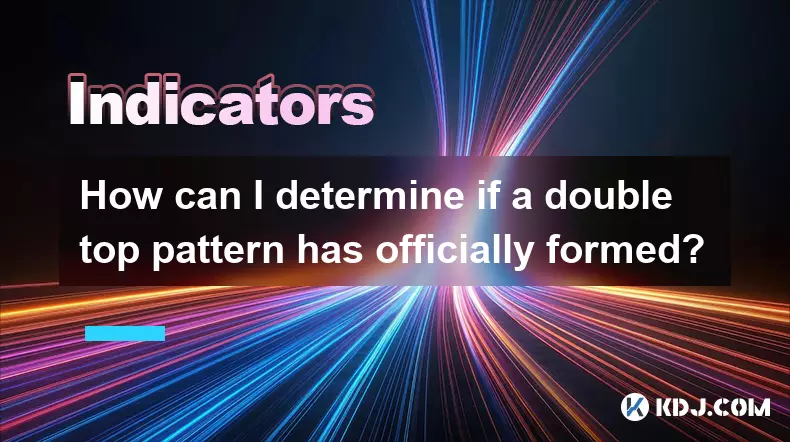
How can I determine if a double top pattern has officially formed?
Sep 21,2025 at 03:18am
Understanding the Structure of a Double Top Pattern1. A double top pattern consists of two distinct peaks that reach approximately the same price leve...
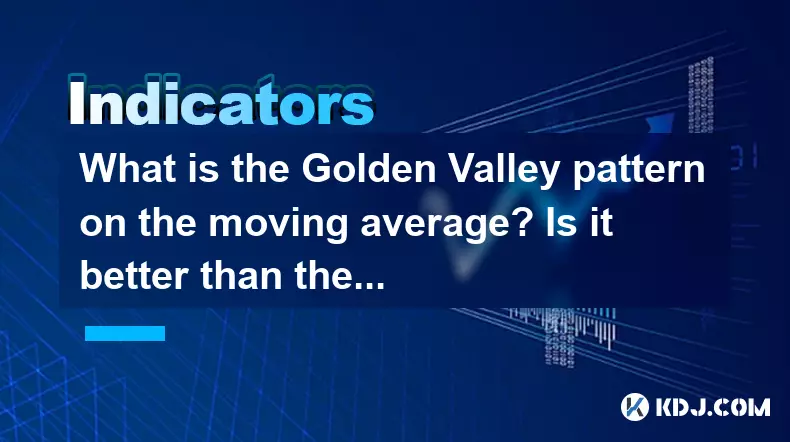
What is the Golden Valley pattern on the moving average? Is it better than the Silver Valley pattern?
Sep 21,2025 at 02:54pm
Understanding the Golden Valley Pattern in Moving Averages1. The Golden Valley pattern is a technical formation observed in cryptocurrency price chart...

What does a death cross of the RSI in the strong zone (above 50) mean?
Sep 17,2025 at 10:54pm
Understanding the Death Cross in RSI Context1. The term 'death cross' is traditionally associated with moving averages, where a short-term average cro...

What is a tower bottom candlestick pattern? Does it have a high success rate?
Sep 22,2025 at 07:18am
Tower Bottom Candlestick Pattern Explained1. The tower bottom candlestick pattern is a reversal formation that typically appears at the end of a downt...

What is a black hole pattern in the MACD indicator? Is it a cause for concern?
Sep 21,2025 at 06:54pm
Bitcoin's Role in Decentralized Finance1. Bitcoin remains the cornerstone of decentralized finance, serving as a benchmark for value and security acro...

How can I use the psychological line (PSY) to determine market sentiment?
Sep 17,2025 at 02:19pm
Understanding the Psychological Line (PSY) in Cryptocurrency TradingThe Psychological Line, commonly referred to as PSY, is a momentum oscillator used...

How can I determine if a double top pattern has officially formed?
Sep 21,2025 at 03:18am
Understanding the Structure of a Double Top Pattern1. A double top pattern consists of two distinct peaks that reach approximately the same price leve...

What is the Golden Valley pattern on the moving average? Is it better than the Silver Valley pattern?
Sep 21,2025 at 02:54pm
Understanding the Golden Valley Pattern in Moving Averages1. The Golden Valley pattern is a technical formation observed in cryptocurrency price chart...

What does a death cross of the RSI in the strong zone (above 50) mean?
Sep 17,2025 at 10:54pm
Understanding the Death Cross in RSI Context1. The term 'death cross' is traditionally associated with moving averages, where a short-term average cro...
See all articles










































































